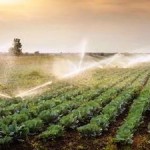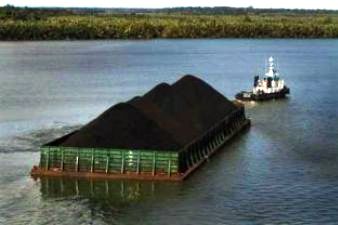Dorset, England – On October 21, Sainsbury’s introduced Water Neutral at its new environmentally-friendly store at Weymouth Gateway. This rigorous approach to water reduction means the store will be self sufficient. One hundred per cent of its water demand will be met through water efficient infrastructure and offsetting partnerships in the local community, and the total water used within the local catchment area will not increase as a result of this new store. Sainsbury’s will also replicate this approach at its new supermarket in Leicester, opening at the end of November.
In March 2013, Sainsbury’s achieved its challenging target of a 50% relative reduction in its water use (per m2) – a saving of almost one billion litres each year (or 393 Olympic sized swimming pools) at the same time as growing its floor space by up to 40% since 2005-06. It did this by introducing measures including rainwater harvesting and fitting pre-rinse spray taps and low flush toilets in all its stores. It also became the first retailer to receive the Carbon Trust Water Standard for reducing water use year-on-year.
Seventy per cent of the water demand of Sainsbury’s Water Neutral Weymouth store will be met through rainwater harvesting and other water efficient infrastructure. The remaining 30 per cent, which needs to be drinking quality potable water for food preparation, will be offset by sponsoring water saving initiatives at partner sites in the local community. For example, this store will offset at least 4.5 m3 of mains water each day through collaborations with Weymouth College and Wey Valley School. This will also substantially reduce these educational institutes’ annual water bills.
Speaking at a joint annual lecture from Sainsbury’s and The Grantham Institute for Climate Change at Imperial College London, entitled ‘The Growing Challenge of Water Stewardship’, Sainsbury’s Property Director, Neil Sachdev, explained why this approach is important: “Water scarcity is becoming a very real challenge and to ensure we have water in the future, we need to find ways to reduce what we use right now. Measuring, managing and reducing water use is one of the most important focus areas for our business and one of the targets in our 20×20 Sustainability Plan.”
“From experience, we believe we can help safeguard what we’ll need in the future by taking action now. By collaborating with our partners and suppliers to better understand the amount of water we’re using in our operations and supply chain, we can start to put measures in place like Water Neutral to help reduce the amount we use and address this global challenge.”
At the event, Professor Sir Brian Hoskins, Director of the Grantham Institute for Climate Change, talked about the role of water in the climate system and our current understanding of what changes will occur in the future.
Professor Hoskins said, “We are conducting a dangerous experiment with our planet. We are already seeing evidence of changes in many different aspects of the climate system, from the ice sheets to the deep ocean. In certain regions, we are likely to see changes in rainfall, decreases in soil moisture, and increased risk of drought. All of this affects the availability of water and this is particularly critical for irrigated agriculture, which currently produces 40 per cent of the world’s food.”
Source: Sainsbury’s.
















[…] new ‘Triple Zero’ stores in Leicester and Weymouth Gateway are examples of how we’re achieving this, by using power generated from waste in our supply chain […]